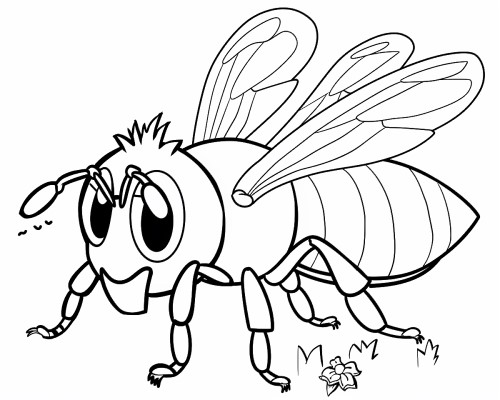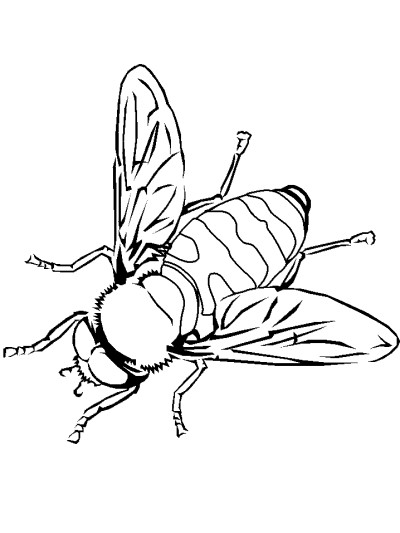Printable Coloring Pages
Bumblebee and Honeybee Coloring Pages
Welcome to our Bumblebees and Honeybees coloring pages section.
Bumblebees are essential pollinators known for their fuzzy bodies and distinctive black and yellow stripes. These industrious insects play a crucial role in pollinating flowers and crops, contributing to the health of ecosystems and agricultural productivity. Bumblebees are social creatures, living in small colonies led by a queen. They are often seen buzzing from flower to flower, collecting nectar and pollen. Unlike honeybees, bumblebees can tolerate cooler temperatures, allowing them to be active in a wider range of environments.
Bumblebees aren't just important for their pollination services - they're also super cute and fun to watch. With their busy buzzing sounds and playful flight patterns, bumblebees are a favorite among nature lovers and garden enthusiasts everywhere.
These amazing insects are also incredibly hardworking, buzzing from flower to flower in search of nectar and pollen to bring back to their hives.
Bees communicate with each other by doing a little dance called the "waggle dance" to share information about where to find the best flowers!
Baby bees, or larvae, are fed a special, nutritious food called "royal jelly" by worker bees, which helps them grow strong and healthy.
Here are five fun facts about bees:
- Pollination Powerhouses: Bees are essential pollinators, responsible for the pollination of about one-third of the food we eat. They visit flowers to collect nectar and pollen, helping plants reproduce and produce fruits and seeds.
- Incredible Flight Skills: Bees can flap their wings about 200 times per second. This rapid wing movement allows them to hover and fly in all directions, making them incredibly agile in the air.
- Honey Production: Honeybees are the only insects that produce food eaten by humans. A single bee colony can produce anywhere from 30 to 100 pounds of honey annually. It takes about 12 bees' entire lifetimes to make just one teaspoon of honey!
- Communication Through Dance: Bees communicate with each other through a series of movements known as the "waggle dance." This dance helps them convey information about the direction and distance of food sources to other bees in the hive.
- Diverse Species: There are over 20,000 known species of bees worldwide, ranging from the well-known honeybee to bumblebees, carpenter bees, and solitary bees. Each species has unique behaviors and adaptations suited to their environments.




































